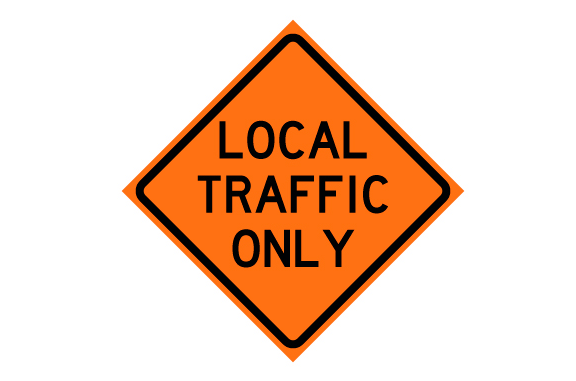
BY EMILY MIBACH
Daily Post Staff Writer
Palo Alto officials are rolling out “gentle” plans, as one council member put it, to ban cut-through traffic on three streets, while the city will be reopening its preserves and playing courts, the council was told tonight (May 4).
Signs will be posted along Ross Road, Bryant Street and Park Boulevard to discourage cut through traffic in the neighborhoods, to make it so pedestrians can safely step off the sidewalk in order to maintain 6 feet of social distancing, according to Transportation Official Philip Kamhi.
Another goal of the program is to slow down drivers.
These three streets were chosen because they are part of the city’s bike network, making it easier for the city’s transportation team to discourage driving on those streets.
The only thing that will be installed along the stretches of road will be signs, Kamhi said. Nobody will be barred from the streets. Redwood City on Friday rolled out a similar program along nine streets in town.
Suspending parking restrictions
In other street related news, Councilwoman Liz Kniss, who met with local businesses about the economic slowdown during closed-door meetings, said one suggestion that came out of those sessions was to have the city stop enforcing the Residential Preferential Parking program after the stay-at-home order expires. The program made it harder for downtown workers to find places to park.
City Manager Ed Shikada also announced that the city’s pickleball, tennis and basketball courts will be reopening, as will the city’s athletic fields and skate park. This is in accordance with the new regional stay-at-home orders, which allow for people in the same household to use public recreational facilities together.
In early April, somebody cut the lock at the city’s Rinconada tennis courts in order to play there.
The Palo Alto Golf Course is still working on a plan on whether it will reopen at this time, said Community Services Director Kristen O’Kane.
The council tonight also voted to discuss at its next meeting rules about making people wear masks in public. Nearly all council members said it is important to wear a mask out in public, and councilwoman Kniss floated the idea putting a little “grit” behind the county’s current “strong recommendation” to wear a mask outside unless exercising.
The county’s current order also says that essential businesses must have a plan for making sure all employees and customers at the business are wearing masks or similar face coverings.
Mayor Adrian Fine asked Kniss and councilman Greg Tanaka to iron out how the city’s order will be different from the county’s.
Volunteer coronavirus trackers
Kniss also wants the city to talk with the county about getting easily accessible testing in the area and to find out how people can volunteer to be contact tracers of the virus. A tracer interviews people who have COVID-19 to find out who they have contacted in the past, so those people can be put into a quarantine.
The county is set to release its “curriculum” as to who can be a tracer tomorrow (May 5), it was not immediately clear if anyone could be a tracer or if they must work for a city or the county government.
Kniss mentioned that some city employees could become tracer since they are working from home or may not have enough work to do.
San Mateo County Manager Mike Callagy has previously said that his county is not looking to use volunteers as virus tracers because some of those people may have regular jobs and would have to go back to work when the stay-at-home order ends. He also indicated that county employees could be reassigned to be tracers.

more accurate headline reads, “City eyes three streets where car traffic will be reduced for virtue signaling”.